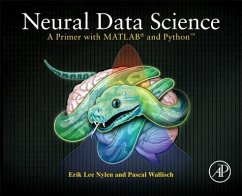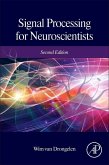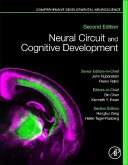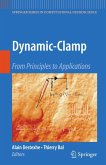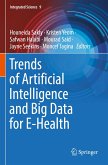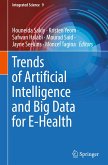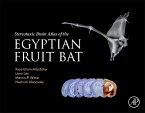A Primer with MATLAB® and PythonT present important information on the emergence of the use of Python, a more general purpose option to MATLAB, the preferred computation language for scientific computing and analysis in neuroscience.
This book addresses the snake in the room by providing a beginner's introduction to the principles of computation and data analysis in neuroscience, using both Python and MATLAB, giving readers the ability to transcend platform tribalism and enable coding versatility.
This book addresses the snake in the room by providing a beginner's introduction to the principles of computation and data analysis in neuroscience, using both Python and MATLAB, giving readers the ability to transcend platform tribalism and enable coding versatility.
"Making sense of data is emerging as the limiting factor of progress in neuroscience. This book is the accessible way to learn how to do that." --Konrad Koerding, Professor, Northwestern University
"This is a fun, hands-on introduction to the important emerging field of neural data science. It's at the intersection of programming, data analysis, and neuroscience -- perfect for aspiring researchers looking to learn these three in parallel. This book will help inspire a new generation to join us in finding out how the brain works with modern computational tools." --Nikolaus Kriegeskorte, Programme leader, Cognition and Brain Sciences Unit, University of Cambridge
"This is a fun, hands-on introduction to the important emerging field of neural data science. It's at the intersection of programming, data analysis, and neuroscience -- perfect for aspiring researchers looking to learn these three in parallel. This book will help inspire a new generation to join us in finding out how the brain works with modern computational tools." --Nikolaus Kriegeskorte, Programme leader, Cognition and Brain Sciences Unit, University of Cambridge

